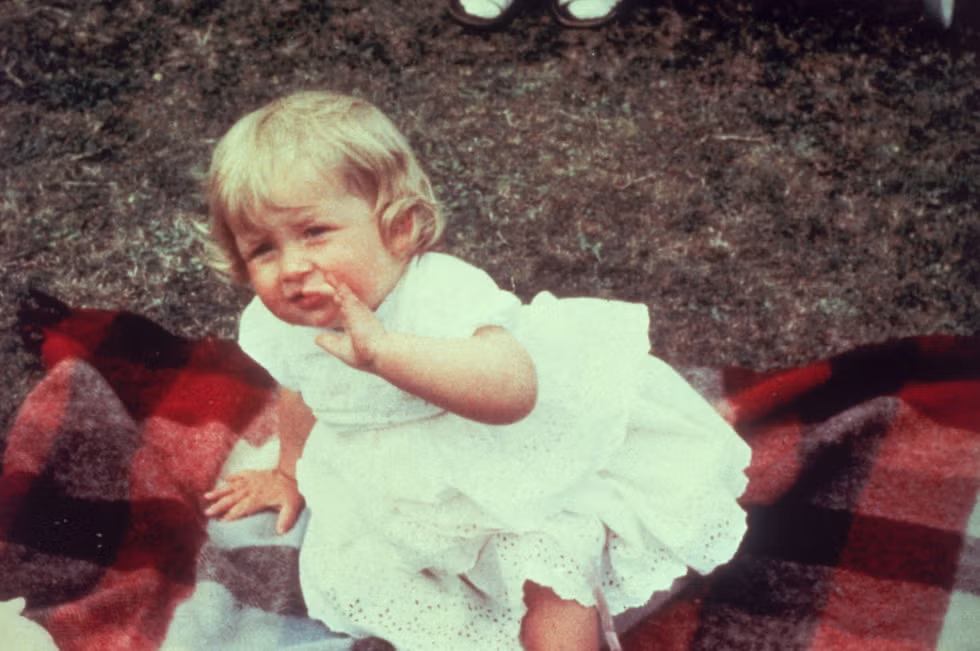Princess Diana was a very loving and famous person in the 1900s. She was born in Sandringham, Norfolk, England. She became famous worldwide after marrying Prince Charles in 1981. But Diana was more than just one princess. She was praised for her beauty, kindness, and care. She quickly became a symbol of understanding and humanity. What made her special was her unique ability to join people from all areas of life, which was rare for a royal. Diana used her fame to highlight the important issues that people often ignored. For example, she helped AIDS patients, pushed for a ban on dangerous landmines, and supported homeless people.
Her tragic death in a car accident in 1997 shocked everyone. Still, her impact lives on through her sons and the many lives she touched. Princess Diana will always be remembered for her kindness, bravery, and compassion.
Check Out: Christ the Redeemer: Check Who Built It, History and Interesting Facts
Who was Princess Diana?
On 1 July 1961, Princess Diana was born Diana Frances Spencer, Prince Charles's first wife and Prince William and Prince Harry's mother. She became the Princess of Wales during her marriage in 1981 and was immediately accepted by the public for her beauty, grace, and warm personality. Despite her royal position, Diana was known for her humility and real relationship with people, who gave her the nickname "People's Princess".
She broke the traditional royal norms by openly addressing her struggles, including issues in her marriage and mental health. Diana played an important role in modernizing the image of the British monarchy and was deeply involved in humanitarian causes such as HIV/AIDS awareness, landmine removal, and children's welfare. Diana remained a beloved public person even after Prince Charles and her divorce in 1996. Her untimely death in a car accident in 1997 left a permanent impact worldwide.
Social Work of Princess Diana
AIDS Awareness and Stigma Reduction
-
In the 1980s and 1990s, AIDS was highly stigmatized.
-
Diana challenged public fear by openly visiting AIDS patients in hospitals.
-
She shook hands and embraced patients without gloves, breaking myths that the disease spread through touch.
-
Her compassionate gestures helped change global attitudes and brought much-needed dignity to those affected.
Landmine Awareness and Victim Support
-
Diana worked with the Halo Trust, a charity focused on landmine clearance.
-
In 1997, she visited Angola and Bosnia, walking through active minefields in protective gear.
-
Her efforts highlighted the suffering of innocent civilians and children injured by landmines.
-
She played a key role in raising international pressure that led to the 1997 Ottawa Mine Ban Treaty.
Support for the Homeless
- Diana was a patron of Centrepoint, a charity helping homeless youth in the UK.
- She visited shelters, listened to personal stories, and helped destigmatize homelessness.
- Her sons, especially Prince William, have continued this work in her memory.
Work with Children’s Hospitals
- Diana regularly visited sick children in hospitals across the UK and abroad.
- She supported pediatric medical care, including Great Ormond Street Hospital.
- Her presence brought emotional comfort to patients and families and raised funds and visibility for these institutions.
Leprosy and Mental Health Advocacy
-
As patron of The Leprosy Mission, she worked to end the stigma attached to leprosy patients.
-
She visited leprosy treatment centers in India, Nepal, and Indonesia.
-
Diana also highlighted mental health struggles, often speaking openly about her own experiences with depression and eating disorders.
Charity Work Post-Divorce
After her divorce in 1996, Diana reduced her royal duties but intensified her charitable efforts. She focused on a selected group of causes close to her heart. Her independent charity work strengthened her role as a global human person.
Legacy of Princess Diana
Diana didn't just attend events like other royals; she got deeply involved, showing her feelings and connecting with people personally. She changed how we see public figures by using her fame to genuinely help others. Her kind and charitable work continues today through her sons and the many global charities she inspired.
Early Life of Princess Diana

Birth and Family Background
Diana Frances Spencer was born on July 1, 1961, at Park House. This house was located on a large property called the Sandringham Estate in Norfolk, England. She was born into a very important British family. Her father was Edward John Spencer, who had a special title called Viscount Althorp, and her mother was Frances Shand Kydd. Diana's family had a long history of being close to the royal family.
Parents’ Divorce and Childhood Struggles
Her parents separated when she was just 7 years old, and the custody battle affected her deeply. She lived mostly with her father after the divorce. Diana often described her childhood as emotionally unsettling due to the family instability.
Educational Background
She was initially homeschooled and later attended several boarding schools, including Riddlesworth Hall and West Heath School. Though not academically strong, Diana excelled in music, dancing, and sports, particularly swimming and diving. She later attended finishing school at Institut Alpin Videmanette in Switzerland.
Early Career and Interests
Before her engagement, Diana worked as a part-time nanny and a kindergarten teacher’s assistant in London. She was known for her gentle nature, love for children, and modest lifestyle despite her noble background.
Becoming a Public Figure
Diana first attracted media attention in 1980 when her relationship with Prince Charles became public. Her quiet charm and humility quickly made her a media favorite. She became engaged to Prince Charles in February 1981 at the age of 19 and was thrust into the global spotlight.
Comments
All Comments (0)
Join the conversation